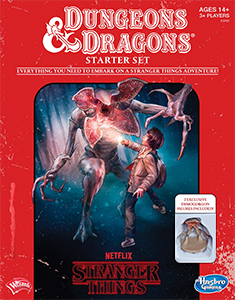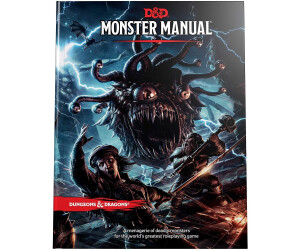Players might track down that some multiclassing alternatives in the fifth release Dungeons and Dragons are more testing and troublesome than others. Because of the fifth release of Dungeons and Dragons, players have over twelve authority classes to browse when first structure their characters. As level-up promising circumstances introduce themselves, players have the alternative to stay with their recently picked class, or multiclass to acquire new elements and capacities. Most classes can complete one another somehow, yet a couple of mixes never appear to yield great outcomes.

While any multiclass can be solid equipped into working, some present such a distinct absence of cooperative energy that it transforms into a bit of a migraine for all degrees of D&D players with the dnd aarakocra names . Without the most common way of investigating appropriate accomplishments, wizardry things, and viable subclass alternatives, these combos in their base structures don’t regularly function admirably together.
With wizards being full-caster utilizing their insight modifier and brutes being an all-out scuffle class depending on their solidarity, it’s not difficult to perceive any reason why this Dungeons and Dragons multiclass alternative doesn’t participate. Besides the self-evident, when a savage is seething, they can’t project or keep up with fixation on spells, subsequently throwing out the wizard’s weapons store of enchantment. To compound an already painful situation, wizards have outstandingly low hit point potential, and brute’s claim to fame is placing themselves into the warmth of battle – which doesn’t combine well with a D6 hit kick the bucket. With everything taken into account, these two classes counteract each other, implying that any levels taken in one would be a botched chance for more elevated level class highlights in the other.
Most exceedingly awful Multiclass Options In Dungeons and Dragons
The plate-protected, weighty-hitting, DPS-style paladin class lies on the furthest edge of the range from the quick, light, and unarmored priest. While paladins depend on their solidarity and allure for their most noteworthy details, priests are supported by The Player’s Handbook to place stock into their insight and ability. With no cross-over between key details, one of the fundamental pieces of either class should be unloaded, leaving players ailing in significant regions, be it the paladin’s mystique-based spellcasting or the priest’s insight-based ki focuses. Also, D&D’s saying of the paladin being a knight in sparkling covering with capability in all accessible reinforcement straightforwardly goes against a priest’s Martial Arts include, which can’t be used while wearing any sort of protection.
The artificer-priest couple is another multiclass blend that experiences the requirement for such a large number of various capacity scores. Ostensibly one of the most exceedingly awful class blends, DnD Beyond states that this is basically “a wreck. Truly, simply skip it… Nothing. There is not much.” Many of the provisions that make a priest’s Ki point highlights helpful and a good time for players are acquired distinctly with level ups and subclasses, none of which advantage the artificer class in any capacity. A priest’s unarmored guard, hand-to-hand fighting, and unarmored development will likewise be harmed by the artificer’s base capacity: Infusions, which pervade protective layer and antiquities with otherworldly properties. In any case, these classes are similarly as great all alone, and can frequently be joined with others. Eventually, however, it is all up to the player’s decision.

